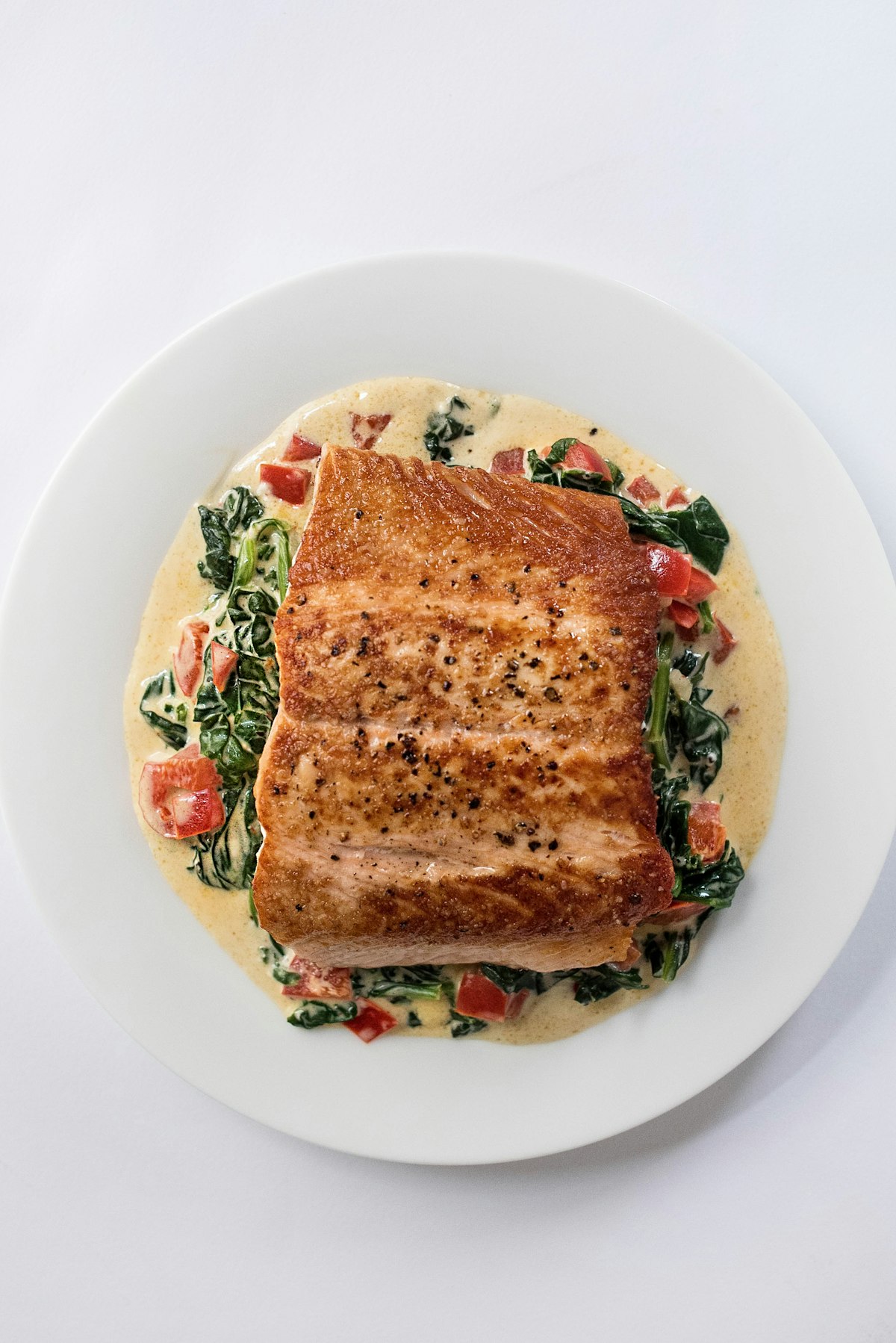Eating fish regularly: tips on how to include it in your diet
Experts recommend that when planning your weekly menu, include fish on two days. The following are some tips on how to include fish in your daily diet.

Iodine deficiency is a pressing problem in the 21st century and can be easily addressed by making changes to your diet. Iodine can be absorbed through a variety of foods, but fish and seafood are the most important. Including fish, in the diet, twice a week is encouraged.
Many people have insufficient iodine in their bodies, so almost everyone needs to supplement with iodine-containing foods. Daily iodine intake can be easily achieved through a balanced diet and a variety of foods such as milk and dairy products, eggs, cereals, legumes, iodized salt, etc. But the richest sources of iodine are ocean and marine fish, crustaceans, and seaweed.
At the same time, fish is not a major source of iodine in the diet of the general population because it is consumed in small quantities. Nutritionists are therefore urging people to change their eating habits by including fish twice a week. However, the amount of iodine in fish and seafood varies, so the type of food consumed is important.
Whitefish - the iodine "quintessence"
Whitefish - cod, haddock, sturgeon - are winning the race. These fish contain most of the trace element iodine, which is so valuable. For example, 100 grams of cod can contain 120-250 μg of iodine or about 50-100% of the recommended daily intake for adults (200 μg). Other fish such as herring, sprat, roe, salmon, trout, tuna, and seafood such as prawns, squid, mussels, etc. are also good sources of iodine. 100 grams of prawns can contain between 100 and 230 μg of iodine.
Seaweed - a good alternative for vegetarians and vegans to get iodine
Seaweed is the richest source of iodine. Including this product in the diet could be useful for people who have excluded animal products from their diets, such as vegetarians or vegans. 100 grams of seaweed can contain as much as 429 000 to 4 500 000 µg of iodine, so care should be taken when consuming it. Sushi, miso soup, sea kale salad, and other dishes using seaweed are healthy but should not be eaten more than once a week.
How can I include more fish in my diet?
Experts recommend that when planning your weekly menu, include fish on two days. The following are some tips on how to include fish in your daily diet.
Organize themed 'fish days' within the family to try out a new fish recipe.
It is preferable to cook your fish at home, and only rarely include salted, smoked fish products in your diet.
Preparing fish does not need to be complicated. It can be simply baked in the oven or pan-fried with your favorite herbs. Mint is a great complement to fish dishes.
Fish can also be added to salads, pies, or simply on breakfast bread.
Give different types of fish a chance. Taste is variable and over time we start to like things we didn't like before.
Children often eat less fish than adults, and in this case, special consideration should be given to whether and how much they are consuming the nutrients and trace elements, including iodine, that is so important for their health. Children judge foods on their liking - 'like' or 'dislike' - and it is the parents' responsibility to ensure that their food contains the nutrients they need. Parents should therefore try to find ways to present fish to their children in a tasty and engaging way. For example:
Fish can be cooked in different ways to make it more palatable and flavor-neutral, such as fish fricassee soup cooked in meat stock with fish meatballs, or fish cakes;
Children often like their food to be crispy and to have a sauce to dip it in. Make your fish fingers at home (pan or oven frying fish fillets in breadcrumbs), topped with cheese, sour cream, or yogurt sauce;
be persistent, cook together, encourage your child's interest in these foods. Continue to offer different fish dishes at least 8 to 10 more times, but do so without forcing, so as not to make the child reluctant to eat. You can add a little of the cooked fish to the plate next to other foods that are already familiar to the child. In this way, the child will certainly try the fish in time and may like it.
One of the key things, however, is not to lose iodine during cooking. Iodine is a trace element that evaporates in heat, so the way and duration of cooking are really important. Nutritionists explain that:
Iodine is better preserved if the fish you choose is baked in the oven rather than boiled;
fish such as salmon and trout can be eaten fresh on bread or cut up small, like tartare - this will contain much more iodine than cooked fish (only cooked fish and seafood should be eaten during pregnancy).




